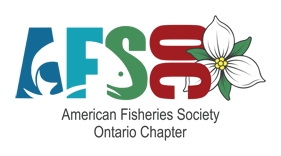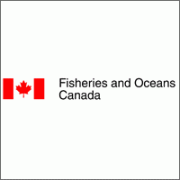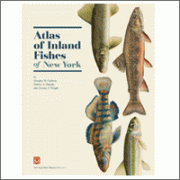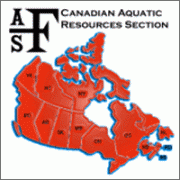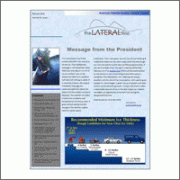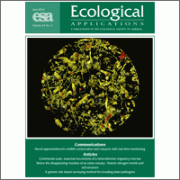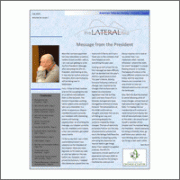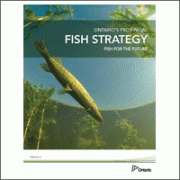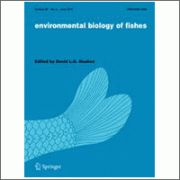DFO’s 2015 Outstanding Scientific Paper of the Year Award
The 2015 Outstanding Science Paper of the Year Award has been awarded to Assessing Ecological and Evolutionary Consequences of Growth-Accelerated Genetically Engineered Fishes (http://dx.doi.org/10.1093/biosci/biv068), authored by Dr. Robert Devlin (Research Scientist, Pacific Region), Dr. L. Fredrik Sundström (Uppsala University, Sweden) and Dr. Rosalind Leggatt (Visiting Scientist, Pacific Region). This paper was published in BioScience in June 2015. Read more
